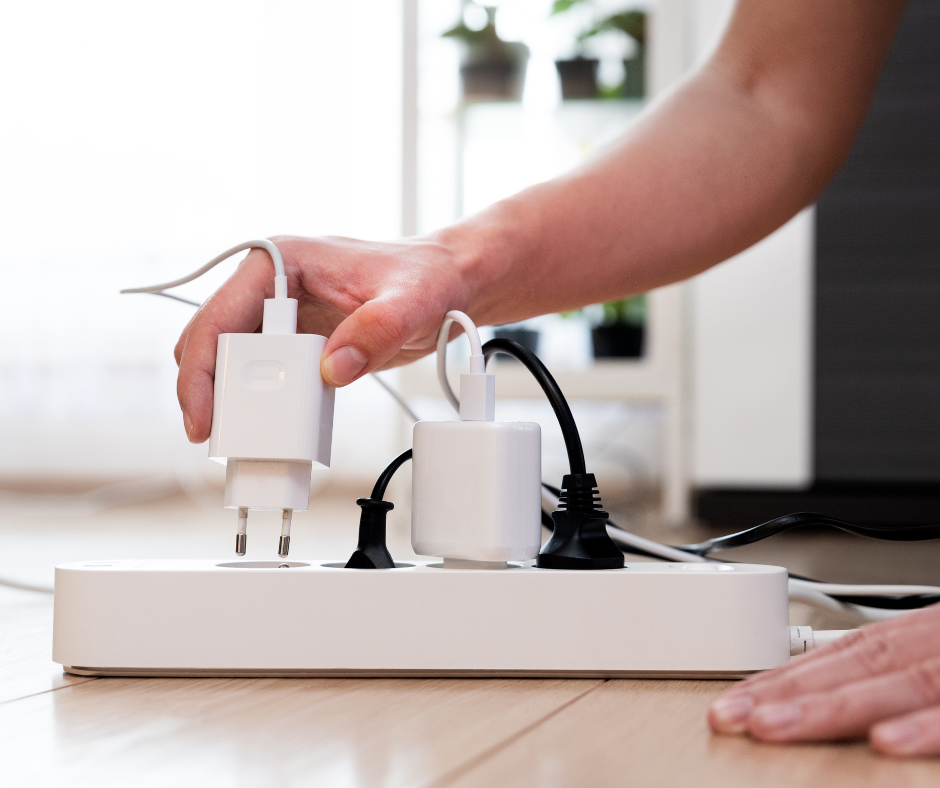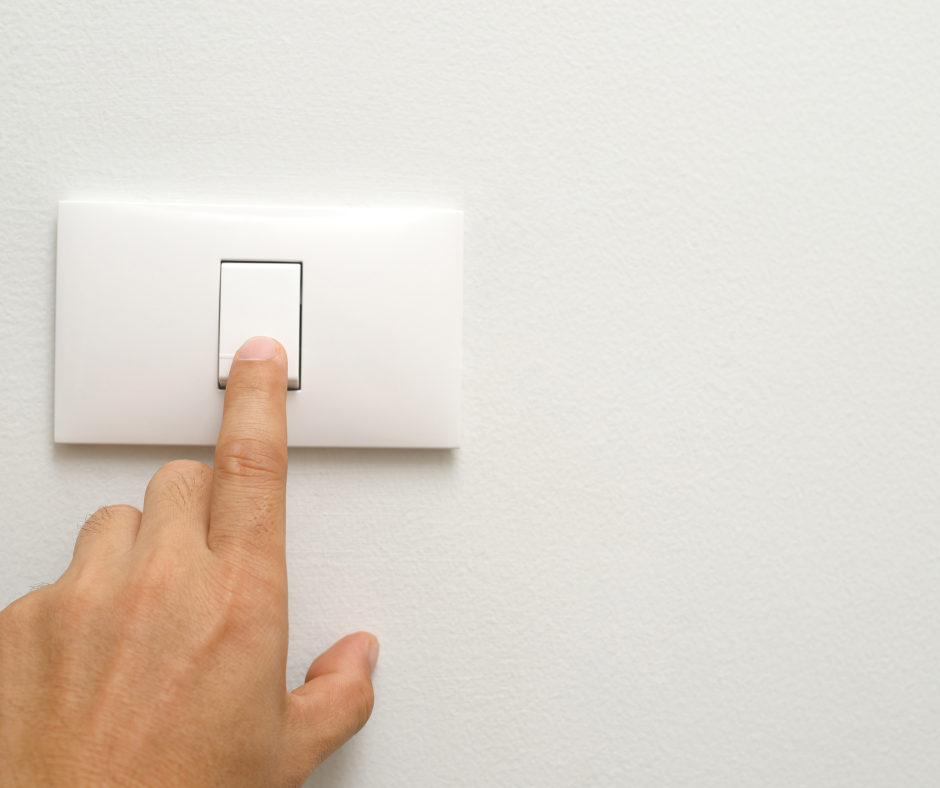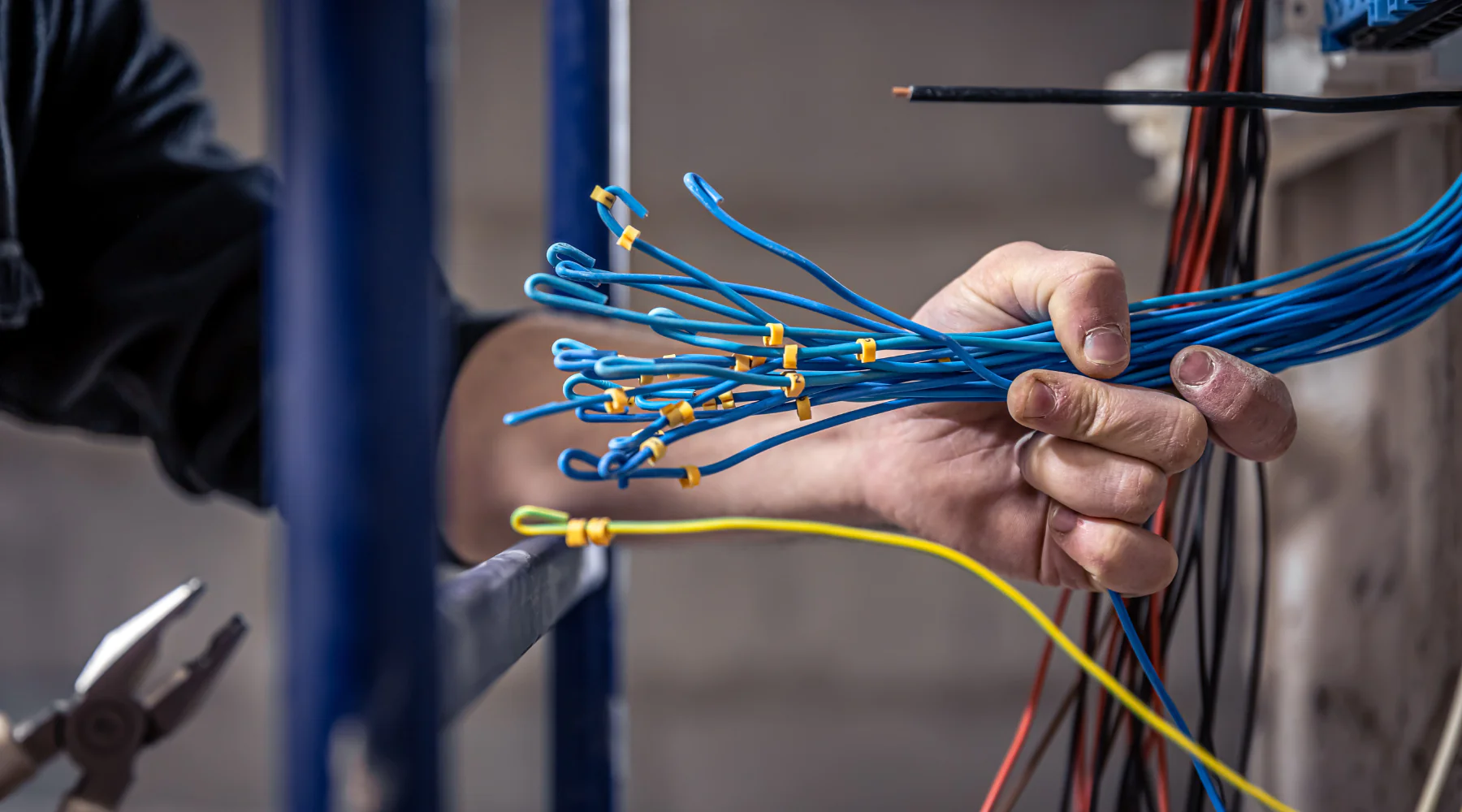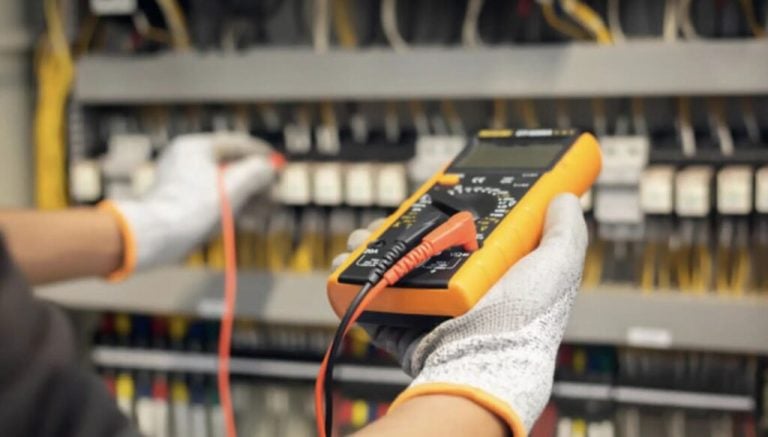Debunking Common Electrical Myths: The Truth About Home Safety

Table of Contents
Electricity plays a crucial role in our daily lives. However, there are many misconceptions about it that can be dangerous or harmful. Understanding the truth behind these myths is essential for our safety and for making informed decisions regarding the electrical systems in our homes. Consulting a residential electrician is always advantageous when seeking safe electrical solutions and professional advice. Let’s dispel some of these common myths and present the facts.
Myth 1: Rubber Soles Protect You from Electric Shocks

One common misconception is that you may protect yourself from electric shocks by wearing shoes with rubber soles. The rubber acts as an insulator, although its effectiveness in opposition to high voltages is restrained. The safety of rubber-soled shoes can be compromised by factors like moisture, wear, and the presence of conductive substances. For true protection, specialized electrical safety equipment is necessary.
Myth 2: Power Lines are Insulated
Another common misconception is that because overhead electricity lines are insulated, it is safe to touch or come close to them. Most electrical wires are exposed and dangerous. Some wires have a coating that serves as a weatherproofing measure rather than insulation. Power lines should never be touched or handled; instead, one should always keep a safe distance away from them.
Myth 3: Turning Off a Device Means No Electrical Flow

Image Alt Text- residential electrician
Landing Page- https://www.propointelectrical.com.au/services/residential/
Turning off an electrical device might appear to be cutting off the flow of electricity however this is not the case. Electricity can still flow to the device when it’s off but plugged in, posing a danger for shocks or electric fires. To ensure safety, unplug gadgets when they’re now not in use.
Myth 4: Higher Voltage Means More Danger
While high voltage is indeed dangerous, it is the amperage that poses an extra threat in many situations. Even a small current can be deadly if it passes through the coronary heart. Safety measures need to be observed regardless of the voltage level to save you from electric accidents.
Myth 5: DIY Electrical Work Saves Money

Many homeowners consider DIY electrical work a cost-effective alternative. However, electric systems are complex and require knowledge and expertise for safe coping. Incorrect DIY maintenance can result in dangerous situations and damages. For any electrical work beyond the basics, it’s best to call for professional help.
Myth 6: GFCIs are Only Necessary in Bathrooms
Ground Fault Circuit Interrupters (GFCIs) are regularly associated entirely with bathrooms, but, their use extends to any location wherein water and power would possibly meet, which includes kitchens, laundry rooms, and out of doors regions. GFCIs are essential for preventing electric shocks and want to be installed in all areas.
Conclusion
Debunking common electrical myths is crucial for maintaining a safe residence. Understanding the truth behind these misconceptions empowers us to take correct precautions and make informed choices regarding electric safety. When in doubt, constantly seek advice from an expert residential electrician to ensure your own home’s electric system is steady and consider secured loans. Remember, information is power, in particular about electricity.






